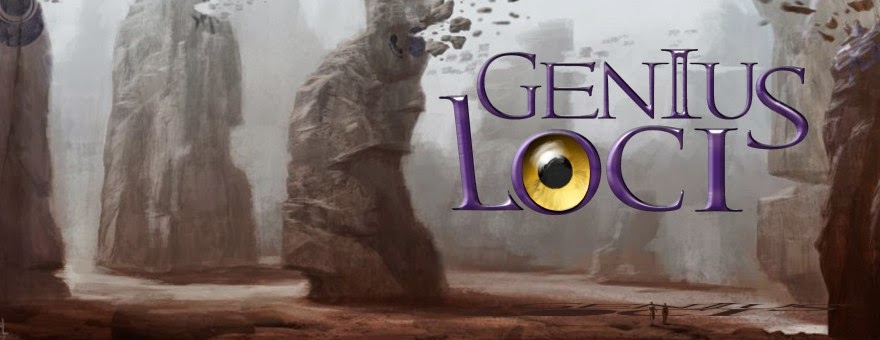"Night scares us outside the White. Black shadows and lightless skies are unknown to us. We much prefer the White Night - one can see into one's mind much easier."
— Uomiqa, villager
The pale fungi plantlife names the White forest. It grows in tropical regions; tree-sized fungi shadow the ground, bundles of mushroom stems take the bushes' place, but there are some regular plants as well. Many people consider the White forest boring - the inhabitants agree, and love it. There are no dangerous animals or plants, few natural dangers, and the soft, squishy flora prevents most accidents. Finding food in the largely indigestible plantlife is tricky, however. Life in the white forest is slow and soft, and comes to bloom after dusk; the many-coloured glow of plants and animals hold night at bay.
"The rumours about the White night seem true - the inhabitants can apparently read thoughts. Whether this has the same source as the Gderan shimmer or another is unclear. As is the shimmer's source."
— Mage Ralvirr Jix, in a lecture
The people of the White forest are both playful and deep-thinking. They greet change but do not seek it, as they say. Clothing is wide and practical in pale colours, feet bare. Settlements are easy to transport and light-weight and put on the forest's middle floor. They are mostly left alone by the world, and most denizens are human living their vegetarian diet.
Artists' notes
My biggest influence for the mushroom forest was "Nausicaa of the Valey of the Winds", particularly since the film showed many types of fungi instead of the classic champignon shape; I was equally impressed by the fantastic vistas of Avatar. Shroom forests are somehow associated with playful surrealism and Alice in Wonderland fantasy stories, but the White forest is fairly normal (though trickier to paint, since I can't hide everything in foliage).


